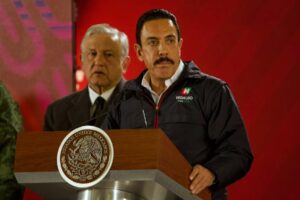
(Argus, Patricia Garip, 3.Dec.2019) — Bolivia’s new interim government has revised down the figure for natural gas reserves, applying a more conservative interpretation of the certified data.
Proven reserves are 8.95 Tcf (254bn m³) as of the end of 2017, rather than 10.7 Tcf as the previous government had asserted, based on the same data from Canadian consultancy Sproule.
The difference lies in the economic viability of the resources, according to local hydrocarbons industry officials. Sproule could not be reached for comment.
Conservative senator Jeanine Anez assumed the presidency of Bolivia following the resignation of longtime president Evo Morales, who fled to Mexico. Anez is rolling back Morales-era nationalist economic policies and shifting the landlocked country onto a pro-investment track.
Violent resistance from Morales supporters in La Paz and Cochabamba has largely died down and new elections are planned for around the second quarter of 2020.
The 100mn cf/d Carrasco-Cochabamba domestic gas pipeline (GCC) that was sabotaged in late November returned to service today, state-owned YPFB Transporte told Argus. Repairs and testing were completed this morning, and the nomination process is underway.
The GCC supplies the western Bolivian departments of La Paz, Cochabamba and Oruro. Among the industrial offtakers is the 700,000 t/yr Bulo Bulo urea and ammonia plant in Cochabamba.
Bolivia’s main source of income are pipeline gas exports to Brazil and Argentina. Neither was affected by the unrest that first broke out after tainted 20 October elections that Morales claimed to have won. YPFB’s long-term supply contract with its Brazilian counterpart Petrobras expires in December, and will likely be renewed at a lower level.
***

